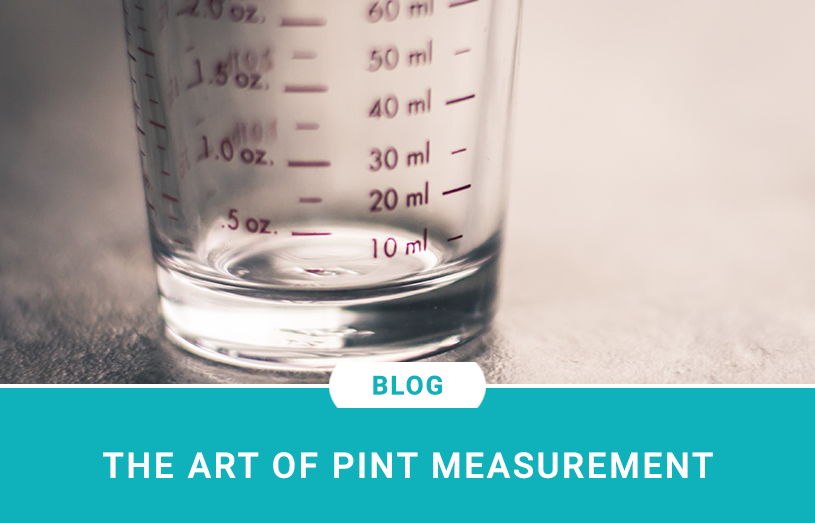You may be wondering: hey, why are we talking about pint measurements now? We all know what this website is all about, so how could this be relevant to those topics? Well, keep one simple thing in mind: liquids.

You don’t have to be an ace in physics to know that all liquids and gasses can be measured when it comes to volume. Actually, because of their status, the best way to measure them would really be volume. Have you ever heard someone sell a kilogram of juice? Yeah, we haven’t either.
Let’s talk about pint measurement, how to make sure it’s accurate and how to use it in the world of dehumidifiers: small machines that turn humid, respiratory-problem inducing air, into phenomenal, crisp oxygen.
What is a Pint?
If you haven’t heard that „pint“ is a unit for capacity, you are probably not located somewhere in the countries of Commonwealth. It’s not the most regular unit, but it’s really useful for air humidifiers, diffusors, and similar machines because they give you a really good image of what happens when the gas changes it’s stated to a liquid.
A short symbol for a pint is „pt“ or „p“, depending on your location, and it is one-eight of a gallon, which would equal to about half a liter. However, this can depend on the country itself, since the British pint is usually bigger than the American one.
To be precise, there are about 90 milliliters of difference between them, which can be beneficial to some people, but everyone usually counts it as 0.5L just to make the calculations better. What you want to keep in mind is about half a liter (0.13 gallons) and the United Kingdom one is bigger.
When you’re looking into a product, checking out where the manufacturer is from may give you an idea about the pints, but unless it’s clearly stated, you’re never really sure.
How are they connected with dehumidifiers?
Usually, dehumidifiers have a label of „pints per hour“ and the label essentially just talks about the amount/volume of moisture that will be removed.
If you have a 20-pint dehumidifier, that means that in one day the unit will be able to remove up to 20 pints of moisture and get out about 20 pints of water.
The larger the pint-size, the more space the unit usually needs, which is logical. If one unit can hold 20 pints more than the other one, it’s going to be bigger and emptying out the tray may be a bit more demanding than the smaller unit.
Should I be concerned with the size of the unit?
Depends. How much square feet are you trying to cover? What is the efficiency of the product? Does the manufacturer state what technology has been used? Usually you want to check product reviews and then see for yourself what’s your next step since there are many variables that you need to look after, not only the number of „pints“.
However, you could use it as a rule: the more pints, the better. If you’re sure about all of the other specifications, and the only thing left to compare our pints, it’s obvious to go for the bigger number.
Summary
Just like all of the other complicated units, pints count volume and they differ across the globe. People from UK will fit more milliliters in a pint, while those from the USA go for several different measurements, all smaller than the British ones.
If you’re really passionate about dehumidifiers and you’re researching all aspects, getting a unit with greater pint number means that you can filter more moisture per day. This doesn’t always mean that the unit is more efficient or faster, so keep in mind that you need to check out everything else as well.




